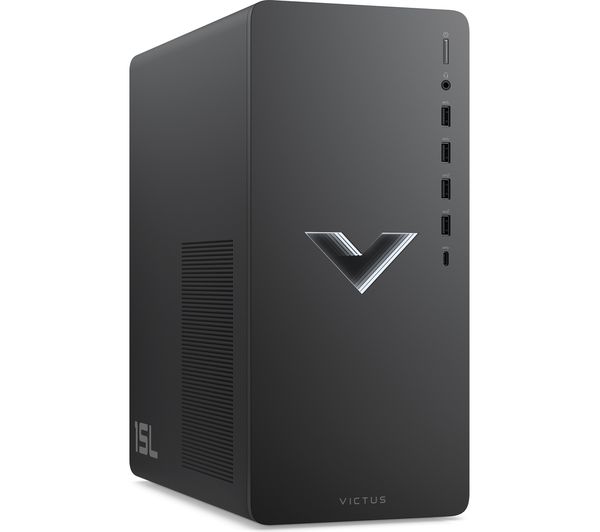Keeping a WordPress website in optimal condition requires regular maintenance. In this article, we will explore the importance of WordPress maintenance, and the benefits it provides, and provide you with a comprehensive checklist to keep your site in top shape.
Understanding the Significance of WordPress Maintenance
What is WordPress Maintenance?
WordPress maintenance refers to the routine tasks performed to ensure the smooth functioning and security of your WordPress website. It involves regularly updating the WordPress core, themes, and plugins, backing up your site, monitoring for security vulnerabilities, optimizing performance, and more.
Why is WordPress Maintenance Important?
Regular maintenance is crucial to maintaining the health and security of your website. Neglecting maintenance can lead to performance issues, security breaches, outdated features, and poor user experience. By prioritizing maintenance, you can ensure your site remains secure, optimized, and up to date.
The Benefits of Regular Maintenance
Enhanced Security: Regular updates and security scans help protect your site from potential threats. By promptly patching vulnerabilities and removing malware, you can minimize the risk of unauthorized access and data breaches.
Improved Performance: Optimizing your site’s database, cleaning up unnecessary files, and optimizing images and media can significantly enhance your site’s performance. This ensures faster page load times, improved user experience, and better search engine rankings.
Updated Features and Functionality: By keeping WordPress, themes, and plugins up-to-date, you gain access to new features, bug fixes, and performance enhancements. This ensures that your site remains compatible with the latest web standards and provides an optimal user experience.
Reduced Downtime: Regular backups provide a safety net in case of unexpected issues or data loss. By having backups readily available, you can quickly restore your site and minimize downtime in the event of an unforeseen event.
| Hosting provider | Starting prices | Uptime | Free backups | URL |
| eUK | £23.41/mo | 100% | Yes | https://www.eukhost.com/cloud-hosting/ |
| Interserver | $2.50/mo | 99.9% | Yes | https://www.interserver.net/webhosting/ |
| Easyspace | £3.99/mo | 99.9% | No | Easyspace |
| EuroDNS | €1.99/mo | 99.9% | No | https://www.eurodns.com/website-hosting |
| Hosting.co.uk | £2.40/mo | 99.9% | Yes | https://www.hosting.co.uk/web-hosting/ |
| Hostinger | $1.39/mo | 99.9% | Yes | https://www.hostinger.com/web-hosting |
| Hostpapa | $3.95/mo | 99.9% | Yes | https://www.hostpapa.com/web-hosting/ |
| Namecheap | $1.44/mo | 100% | Yes | https://www.namecheap.com/hosting/shared/ |
| GoDaddy | $5.99/mo | 99.9% | No | https://www.godaddy.com/hosting/web-hosting |
The Complete WordPress Maintenance Checklist
Update WordPress and Plugins Regularly: Ensure you are running the latest version of WordPress and regularly update your installed plugins. Updates often include security patches, bug fixes, and new features. Always take a backup before updating.
Back-Up Your Site Regularly: Perform regular backups of your entire WordPress site, including the database and files. Use reliable backup plugins or services to automate this process and store backups in a secure location.
Scan Your Site for Malware and Security Vulnerabilities: Regularly scan your site for malware and security vulnerabilities using security plugins or online scanning tools. Remove any identified threats promptly to maintain a secure website.
Optimize Your Images and Media Files: Compress and optimize your images to reduce their file size without sacrificing quality. This improves page load times and overall site performance. Utilize image optimization plugins to automate this process.
Defragment Your Database: Optimize your WordPress database by removing unnecessary data and defragmenting it. This helps improve database efficiency and performance. Use plugins specifically designed for database optimization.
Remove Unused Themes and Plugins: Regularly review your installed themes and plugins and remove any that are no longer in use. Unused themes and plugins can pose security risks and negatively impact your site’s performance.
Test Your Site Regularly: Regularly test your website’s functionality, responsiveness, and performance across different browsers and devices. Identify and fix any issues promptly to ensure a seamless user experience.
Hire a Professional WordPress Maintenance Company: Consider outsourcing your WordPress maintenance to a professional company that specializes in maintaining and optimizing WordPress sites. They can handle all aspects of maintenance, allowing you to focus on other aspects of your business.
Regular WordPress maintenance is essential for keeping your site secure, fast, and up to date. By following the checklist provided in this article, you can ensure that your site remains in optimal condition, providing a seamless user experience, improved search engine rankings, and peace of mind. Prioritize maintenance and invest in the longevity and success of your WordPress website.





















